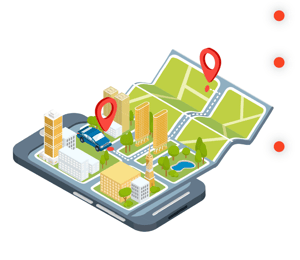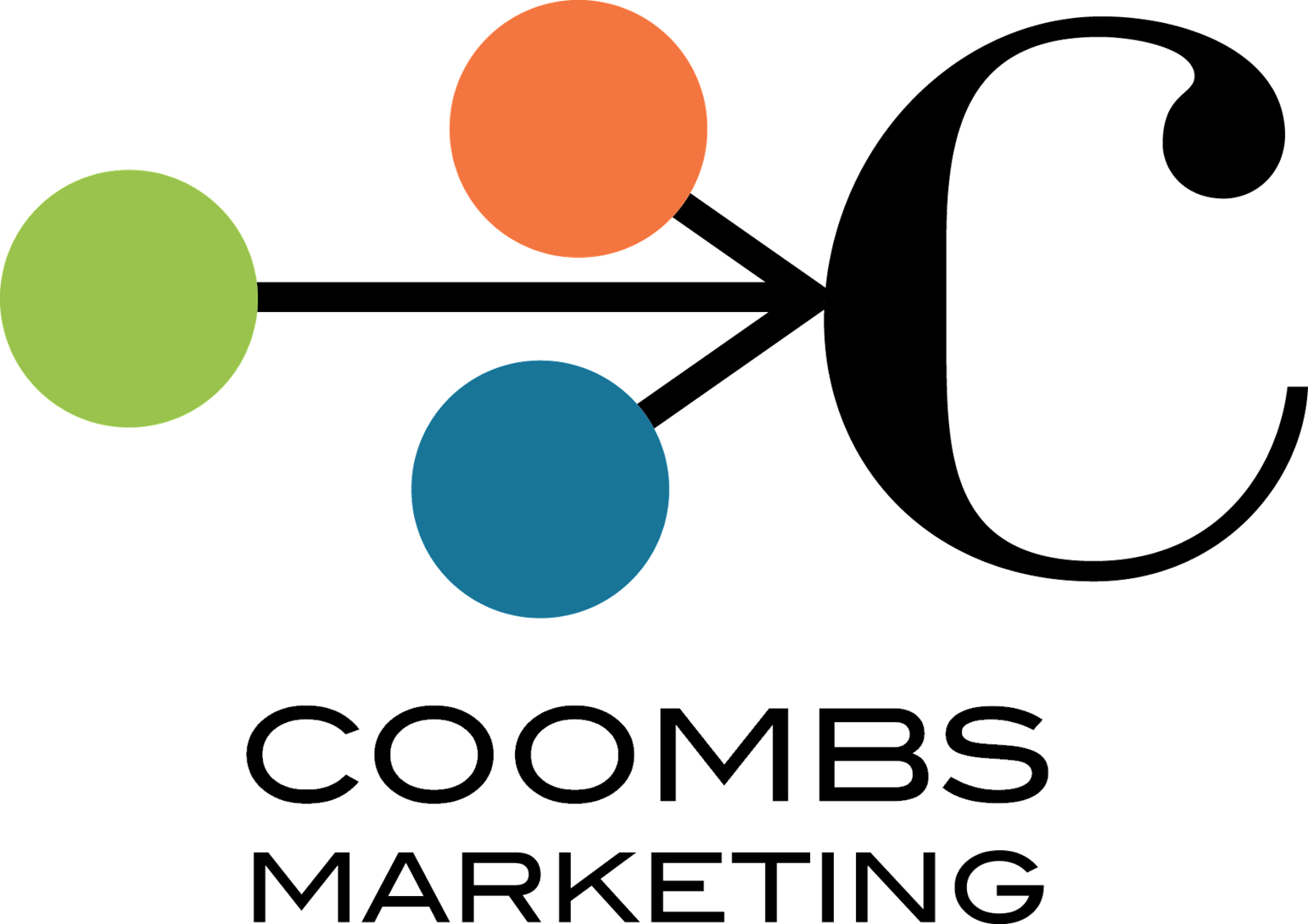
Geofencing gives companies the ability to show their digital ads to people who have been in very precise areas (within inches of a building), and target users on their mobile devices, tablets and desktops. Generally, people keep the location services on their cell phones turned on. When a person walks into a geofenced area with their cell phone, targeted ads are served to their phones and other devices via the various apps they use and websites they visit. For instance, we "Geofence" a trade show location, and the phones and tablets of that show's attendees. Because they entered the "geofence", they now see our specifically targeted ads. We know their interests. They are at the trade show! We have even target competitor location(s) for our clients. This gives advertisers very specifically focused and targeted reach with their ad spend, and precise ways to measure their results.
If you decide geofencing is for you, we have outlined the top 10 best practices to help you get the greatest results.
1. Think through the entire customer journey
The most essential part of any successful marketing campaign is understanding the core of who your customer is. When it comes to geofencing, the key questions become “what are the places that majority of my customers go before they come to me?” If a potential lead is served up one of my ads, what are the odds they’ll inquire about my specific product/service and why? Answers to these critical questions will help you understand the customer’s journey from the time they begin to understand that they have a need, through their research stage, up until they decide to buy. This information will guide you in selecting the correct geofencing targets.
2. Create ads that resonate
When you are putting together your ad campaigns, it’s important to use different types of creative ads. You always want to be sure your ads resonate with your audience pool. This could mean using static ads, GIFs and even video content to catch your customer’s attention.
3. Select the right locations to geofence
Where are your customers hanging out before they come to you, or, where are they spending their time, in general? For example, you’re marketing memory foam mattresses and have a storefront in a local mall. As a mattress store, many customers will likely walk through the mall where the store is located, but that doesn’t mean that people under age 18 are likely to purchase a mattress.
4. Select the number of target locations wisely
Diluting your ad budget across too many locations won’t allow you to reach the people in your audience pool often enough to raise brand awareness. A good rule of thumb is 15 locations for every $2k of monthly ad spend.
On the flip side, when you don’t target enough locations, you run the risk of your ads not translating into lead conversions. Generally, starting off with 10 locations enables the ability to adjust and optimize the focus of your budget to the locations that are converting into leads and customers.
5. Be mindful of the size of your geofences
The purpose of geofencing is to target people in precise areas to limit wasting valuable ad spend dollars. You want to avoid including streets, major highways and even other buildings. A geofence that is too big will waste your budget serving ads to people who will never become customers.
6. Don’t target 24/7
It boils down to efficient use of ad spend dollars. Typically, serving ads at night, between 11:00 PM and 6:00 AM has not yielded good results for our clients. By not serving ads in the middle of the night, you can save more of your ad budget to focus on the times of day when people are most likely to engage with your brand.
7. Layer your geofencing campaigns with additional demographic targeting
Depending on your geofencing platform, you may have the option to add 1st and 3rd party demographic data and interest-based targeting. This allows you to further drill down and optimize your ad budget to a more granular level and focus your ad budget on your core client. Using the mattress store in the mall example again, the mattress store may still want to target people shopping in their mall but layering income and age data into the campaign ultimately extends the ad budget to those most likely to become customers.
8. Utilize search retargeting
Hopefully, your website has a list of SEO keywords that you optimize your content for. As a compliment to physical geofencing, we can use the search history of people who have searched those keywords using sites such as Google, Yahoo, Bing or AOL and serve your ad, based on previous search behavior.
9. Utilize site retargeting
They say that users who receive retarget ads from websites they’ve previously visited, are 80% more likely to interact with an ad. This means that if they’ve been to your website and left, you have another great chance to get them to click on your ad. You already know they have chosen to engage with your brand once. Another creative nudge may be all they need to make that purchasing decision, and your brand is more likely to be at the top of their list.
10. Regularly optimize your geofencing campaigns
It’s easy to slip into the geofencing “set it and forget it” mindset, but since the goal is to get the very most out of your ad spend, you should be acutely aware of what is and is not working. Using a mix of analytic information and A/B testing you can fine-tune your geofencing campaign to continually focus your budget in the places that are yielding results.
Would you like to learn more about the possibilities of geofencing and effective marketing strategies to grow your business or practice?


